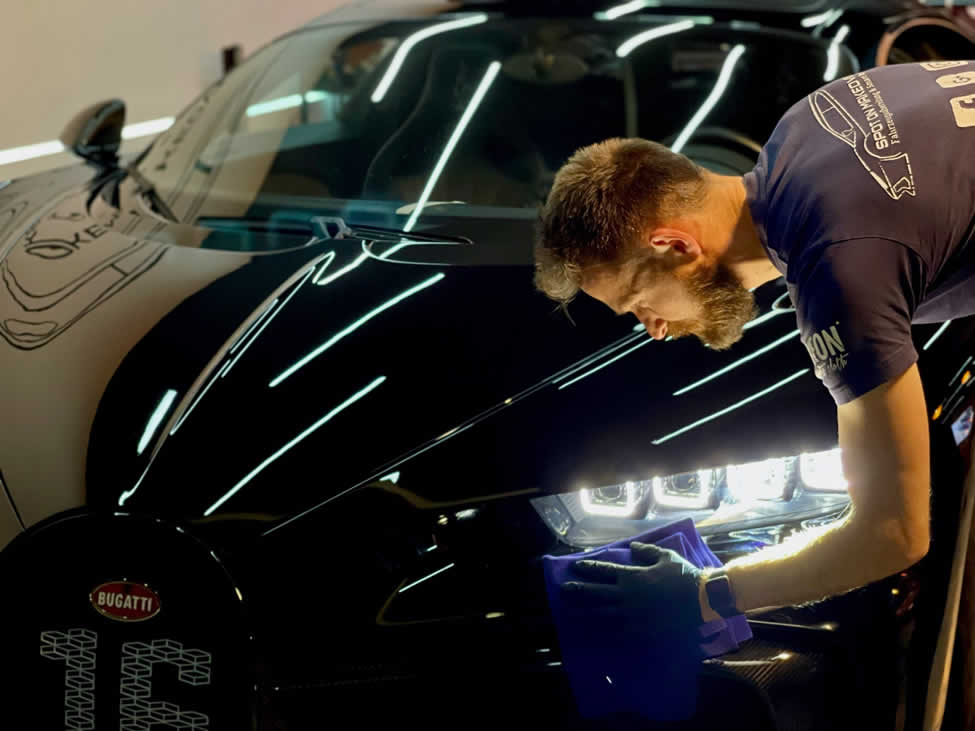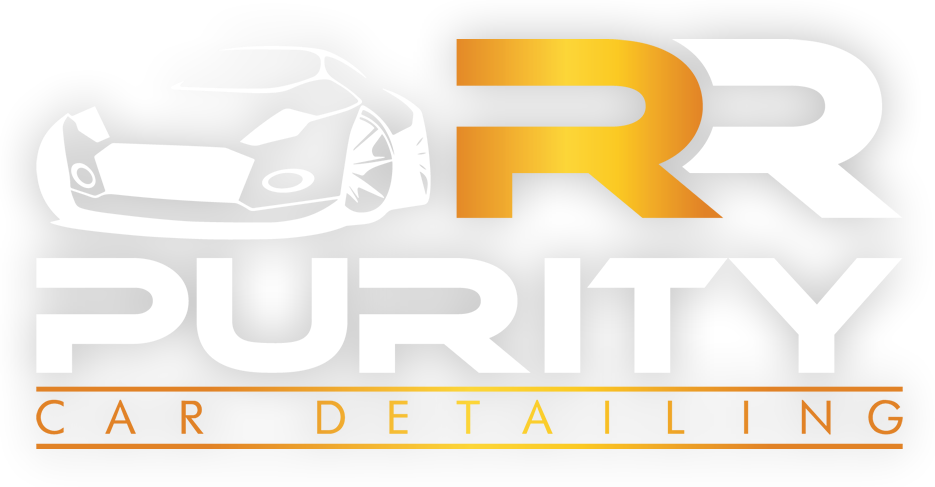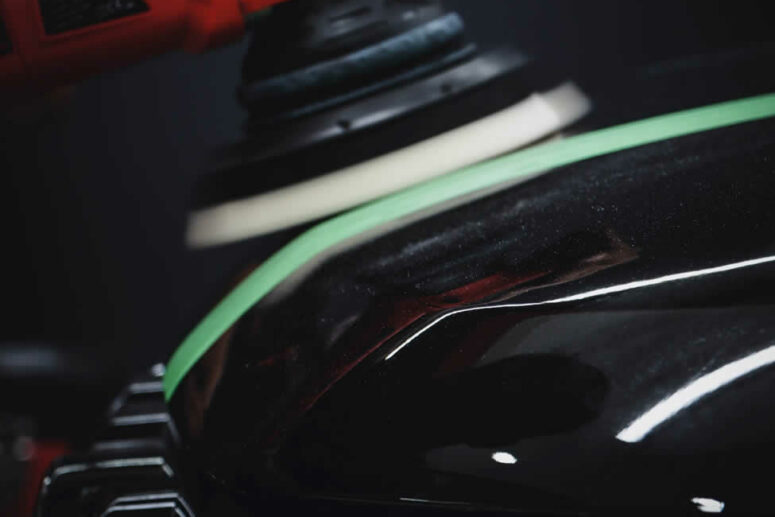The Complete Guide to Machine Polishing Your Car
However much you take care of your car, it will eventually get scratches. In fact, some scratches actually come from cleaning the surface too harshly.
And It’s not like a car respray is always a viable option. In the UK, it can cost anywhere from £500 to well beyond £2000. Even when you take on the respray job yourself, you will still need to invest a lot of time, work, and money.
Thankfully, you can machine polish your car to get rid of these scratches and other paint defects without breaking the bank or your back. This article will discuss everything you need to know about the car machine polishing process.
Understanding the Process
Polishing simply means removing the defects on a car’s paint job. These include different types of shallow and deep scratches, etchings, marks, and other defects.
Polishing is accomplished with the help of abrasive compounds that smooth out the surface until it becomes flatter, and you can no longer see or feel the defects. These compounds are placed on a pad which is rubbed repeatedly against the target surface until the desired results are achieved. In machine polishing, a polishing machine is used to perform this task.
Machine polishing is superior to hand polishing because it delivers visibly better results. It also saves significant time and effort.
You will encounter terms like cutting and refining when researching polishing. While they refer to the same process, you can think of these terms as descriptions of the degrees of abrasion needed to smooth out defects.
While there is a real possibility of damaging your car’s paint job if you go too far in polishing, it’s important to note that the abrasion process happens microscopically. Learning more about this process will help mitigate the risks when you’re first figuring out how to machine polish your car.
On that note, you also need a working understanding of your car’s paintwork and the types of scratches it may have.
Understanding the Paintwork
There are two main types of paintwork in cars: single stage and two stage.
Single stage paintwork simply means the car’s paint job only has a primer and a base or colour coat. This is more common in vehicles made before the 1980s. When polishing these kinds of cars, you will be working directly on the colour coat.
The vast majority of cars fall under the two stage paintwork category. This means the outermost surface is a clear coat or lacquer protecting the colour coat underneath. When polishing two stage-painted cars, you will mostly be working on the clear coat.
On average, cars with two stage OEM paintwork will have a paint thickness between 100 and 180 microns. The clear coat is harder and often about twice as thick as the base coat. Some lacquers can be as thick as 70 microns. To put that number into perspective, that is about as thick as a strand of human hair.
But even with heavy polishing, you will only likely be abrading around 5–6 microns, which still leaves a lot of protective clear coat underneath.

Understanding the Scratches
Knowing what kind of scratches you’re trying to smooth out will drastically make your polishing job more efficient and effective. It will help you choose the right types of materials and methods to use, lessen the risk of damaging your paintwork, and ultimately reduce the price of machine polishing your car.
Scratches are generally classified by how deep they are and what caused them. The following are the most common scratches or paint defects you will encounter:
- Fine Scratches – These defects are very fine and shallow. They are commonly caused by clothing or plants lightly brushing against the paintwork. They are noticeable because they refract light randomly. A good polish can get rid of most, if not all, fine scratches.
- Deep Scratches – These defects are deeper and heavier. While fine scratches only affect the lacquer, these can penetrate up to the primer. There are DIY remedies to deep scratches, but it’s best to visit a professional for a lasting solution.
- Swirl Marks – These are essentially fine scratches caused by poor cleaning habits. Wiping down the surface without first removing dirt and grime completely, for example, can result in swirl marks that often look like webs. Using dishcloths or other coarse materials not designed for wiping cars can also cause swirl marks.
- Water Spots – Tap water contains all kinds of minerals and impurities that can leave spots on your paintwork if left to dry. You can prevent these spots by drying your car properly after every wash. If your vehicle already has these marks, polishing can get rid of them.
- Etching – Some corrosive materials like acid rain and bird droppings can eat into the lacquer and cause marks. These can also be safely addressed when you know how to machine polish your car.
- Oxidation – Oxidation happens when the oxygen in the air reacts with the car’s paintwork. This often results in a faded or milky appearance. This phenomenon is most noticeable in red vehicles, as oxidation results in pinkish areas on this colour.
- Buffer Marks – Bad polishing habits can also result in scratches to the clear coat. These often look like dull trails where the paint surface was previously buffed. Fortunately, the right polishing technique can also easily deal with these defects.
For the most part, you can tell what kind of scratch you’re dealing with just by look and feel. If you’re having some trouble, especially when determining the depth of the scratch, you can use a paint or coating thickness gauge. Here is a list of gauges and their key features to help you choose.
Understanding the Tools
The following are tools you will use when machine polishing your car:
- Polishing machine – The two most common kinds of polishing machines are rotary polishers and dual-action polishers. For inexperienced users, using rotary polishers results in a higher risk of burning the paintwork or leaving unwanted marks. Dual-action polishers are easier and safer to use overall.
- Pads – Pads can be made from wool, foam or microfibre. You can also choose how abrasive they are. With foam pads, for example, you can choose one for cutting (getting rid of deeper scratches) or for finishing (smoothing out shallow scratches). Here’s a short video explaining the pros and cons of each pad material.
- Polishing Compound – Choosing your compound ultimately depends on the paintwork on your car. There are several considerations, including the hardness of the paint, the composition of the paint, and the extent of the damage. See this guide or consult our detailing specialists if you’re having difficulty deciding on the most appropriate compound.
- Protectant –Kinds of protectants include waxes, sealants, vinyl, ceramic and PPF or paint protection film. At RR Purity, we use either ceramic coatings or PPF because we’ve found that they offer the most reliable protection to paintwork. We lean more towards PPF because it provides excellent protection, durability and self-healing properties. Learn more about PPF and its key features here.
- Clay Bar – This resin compound is used to remove dirt, dust and other contaminants from your car’s paintwork before polishing.
- Coating Thickness Gauge – As mentioned earlier, this tool is used to measure the depth of scratches or the thickness of the paint surface of a vehicle. It can also be used after polishing to find out how much of the paint material was abraded.
- Cleaning Materials – These are common cleaning materials that are specifically designed for cars. These ensure a clean and safe wash.
Preparing the Car
Here are the essential preparatory steps before you machine polish your car:
- Location – Your car needs to be parked in an area away from wind and direct sunlight. The wind may bring all kinds of debris during the process, damaging your paintjob further. The sunlight may cause the compounds and protectants to dry up too quickly, making them difficult to work with.
- Washing – Using the right car cleaning materials, wash your car thoroughly, making sure to remove all traces of loose dirt or debris.
- Clay Bar – Use the clay bar to remove dirt that may be stuck on the car’s paint. Remaining contaminants in the car’s paint may come loose while polishing and cause more damage to the paintwork.
- Drying – Completely dry the car using the right materials. Aside from this being a necessary step for the polishing compound to adhere to the paint job, it is always a good practice.
- Masking – Cover the areas of the car that may be damaged by the pads or may cause damage to the pad. These include areas with chrome and plastic trim like door handles and side mirrors.

Machine Polishing the Car
Depending on the extent of damage to your paintwork, you can either do a single stage or two stage polish. With the former, you only use finishing compounds and pads to smooth out shallow defects. Two stage polishing involves cutting or correcting deeper scratches before eventually moving on to finishing.
Whether you’re doing a single or two stage polish, the following tips will apply:
- Work on small areas. Divide your panels into smaller, workable areas so you can work on them one at a time. Doing so makes the process easier and ensures that the polishing compound does not dry up before you can buff it out.
- Change pads regularly. Your pad can get dirty or accumulate too much compound as you use it. Prepare replacement pads or at least clean your pad before using it again. Changing to smaller pads is also recommended for parts that may be harder to access.
- Start slow. Set your machine polisher to a lower speed when you start and increase it as you make your passes. Around 4 or 5 passes in an area are the acceptable standard in the industry.
For a step-by-step guide to polishing and waxing your car, refer to this article.
Protecting the Car
Applying protectant is as important as the polishing job itself. This step ensures that your (now-thinner) paintwork is safe from further defects. As mentioned earlier, we at RR Purity prefer ceramic coating or PPF as they offer more reliable protection. However, these options require additional knowledge and training to apply correctly and safely.
It’s also important to remember that some protectants are incompatible with certain polishing compounds, so choosing your protectant ahead of time is best. Ceramic coating, for example, cannot adhere properly to the clear coat if you’d used a polishing compound that includes wax.
The combination of compounds and protectants can also impact the cost of machine polishing your car.

Takeaway
Machine polishing your car’s paint job is a relatively easy and cost-effective way to get rid of scratches and restore its former shine. To properly polish your vehicle, you need a working understanding of the polishing process, the scratches, the paintwork, and the necessary tools. Follow this guide for your polishing project and ensure a safe and beautiful job.
For more information about machine polishing or other car detailing subjects, give us a call at 07930042042. Or better yet, let us take care of the machine polishing for you. Request a quote here.

